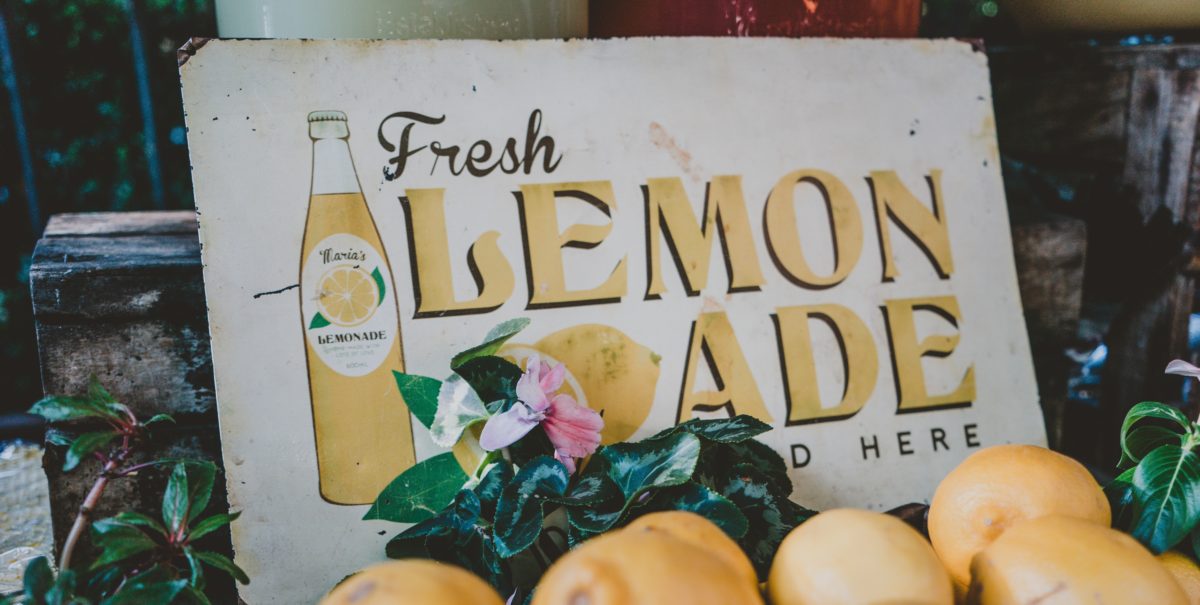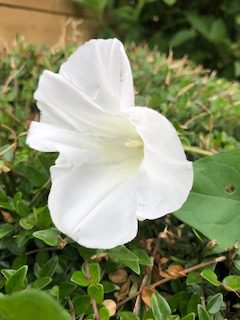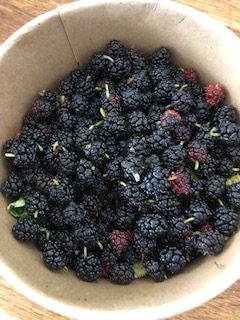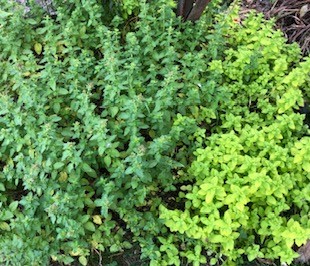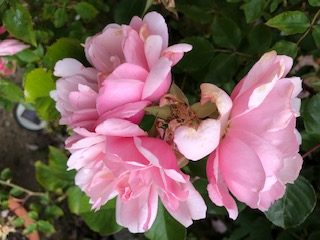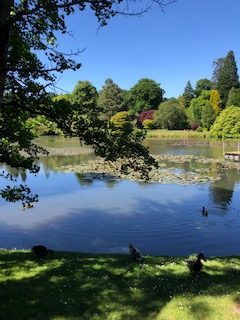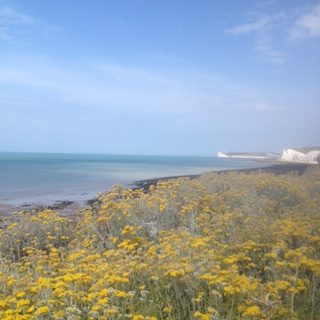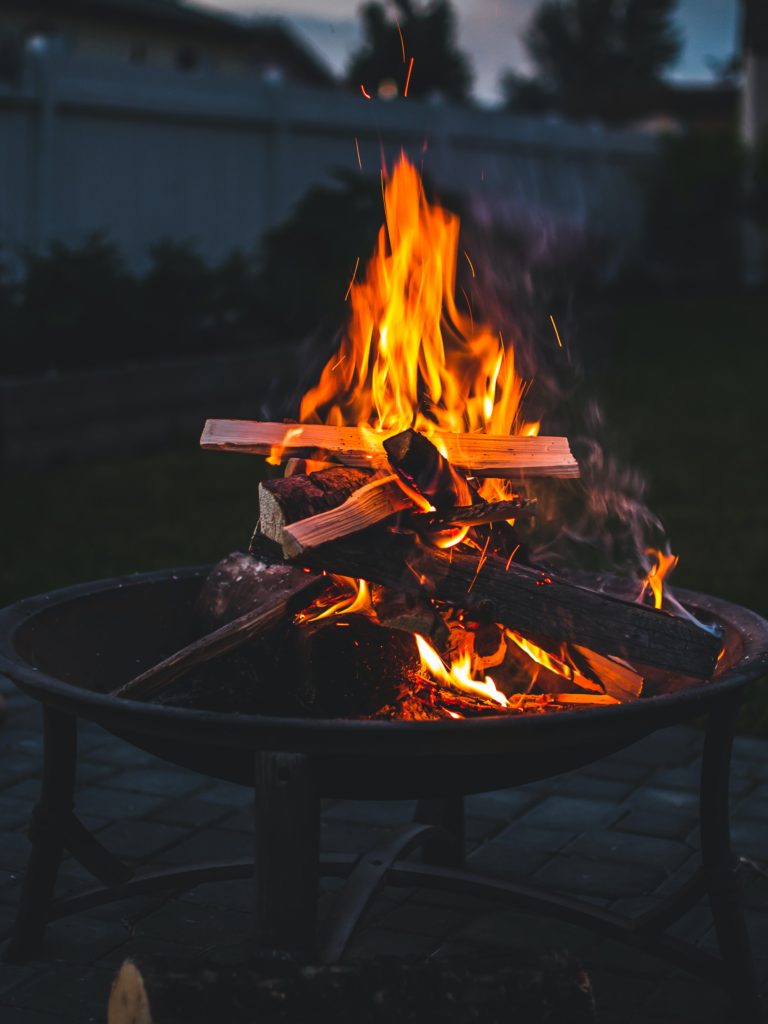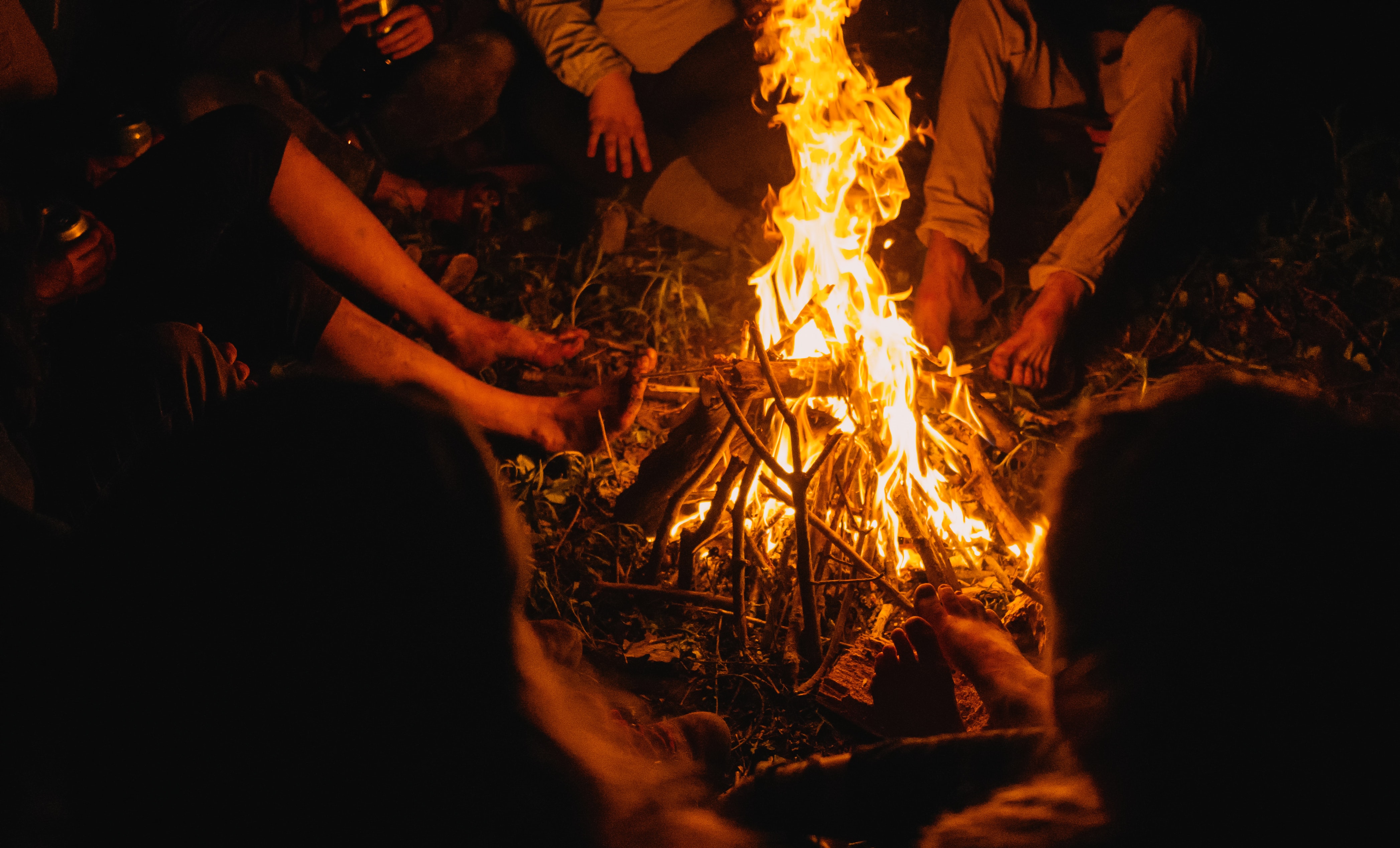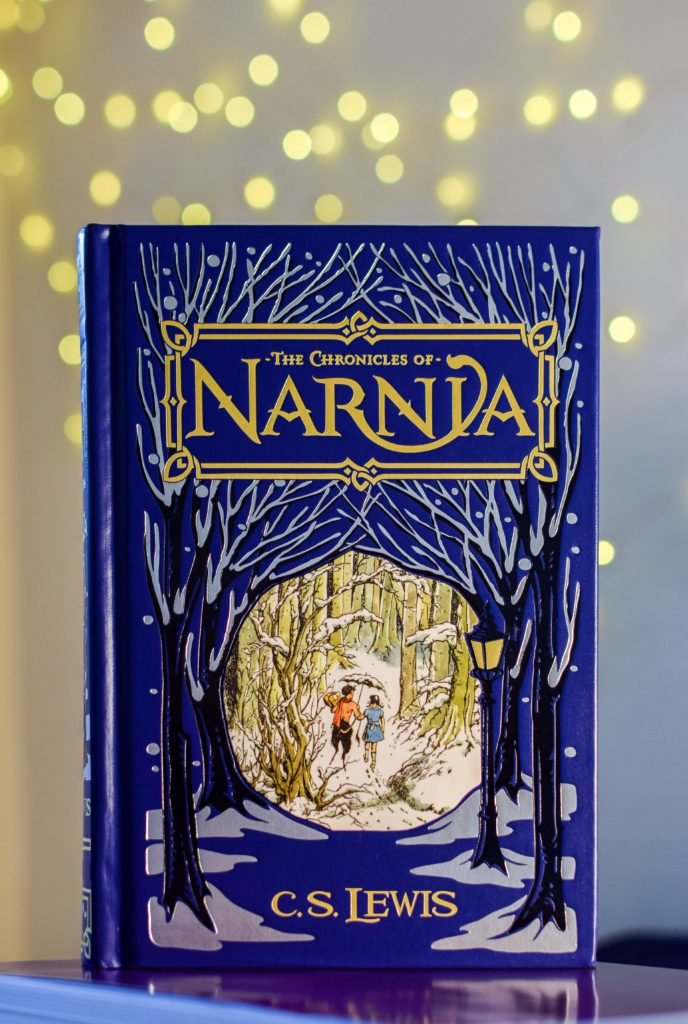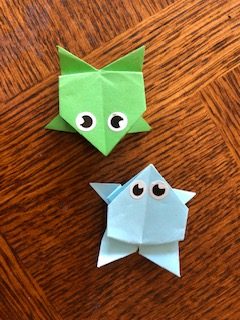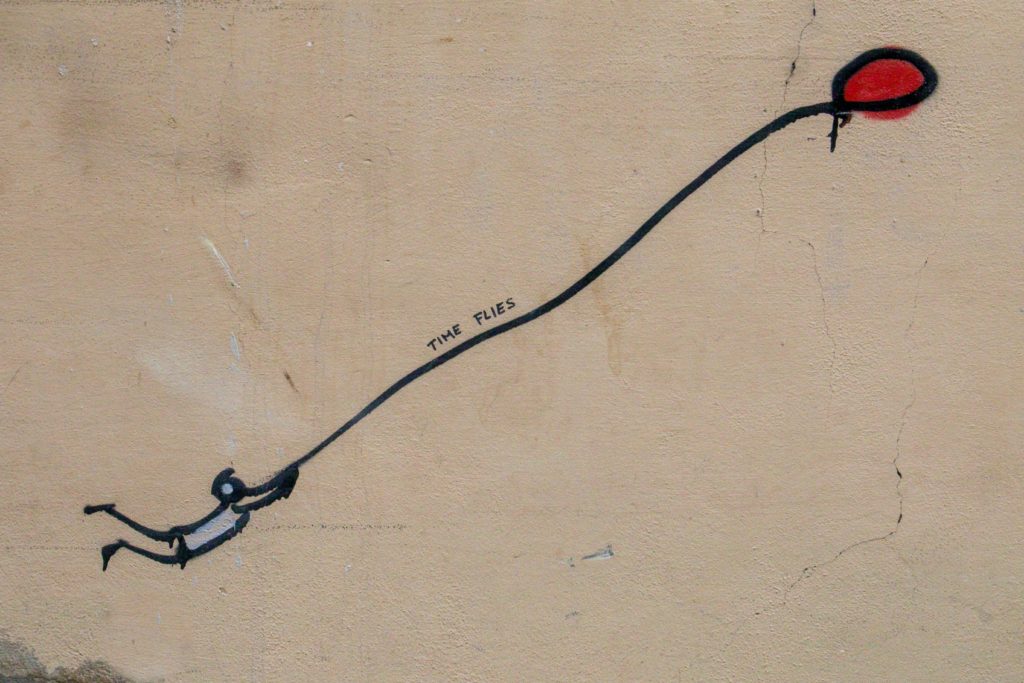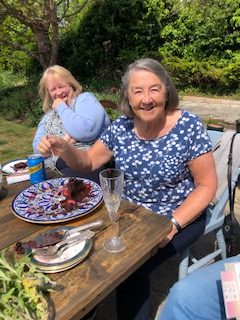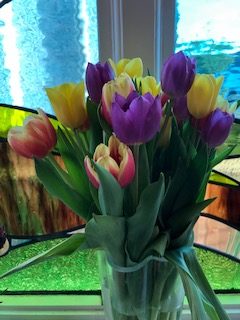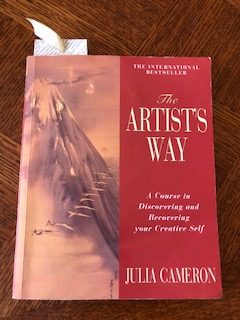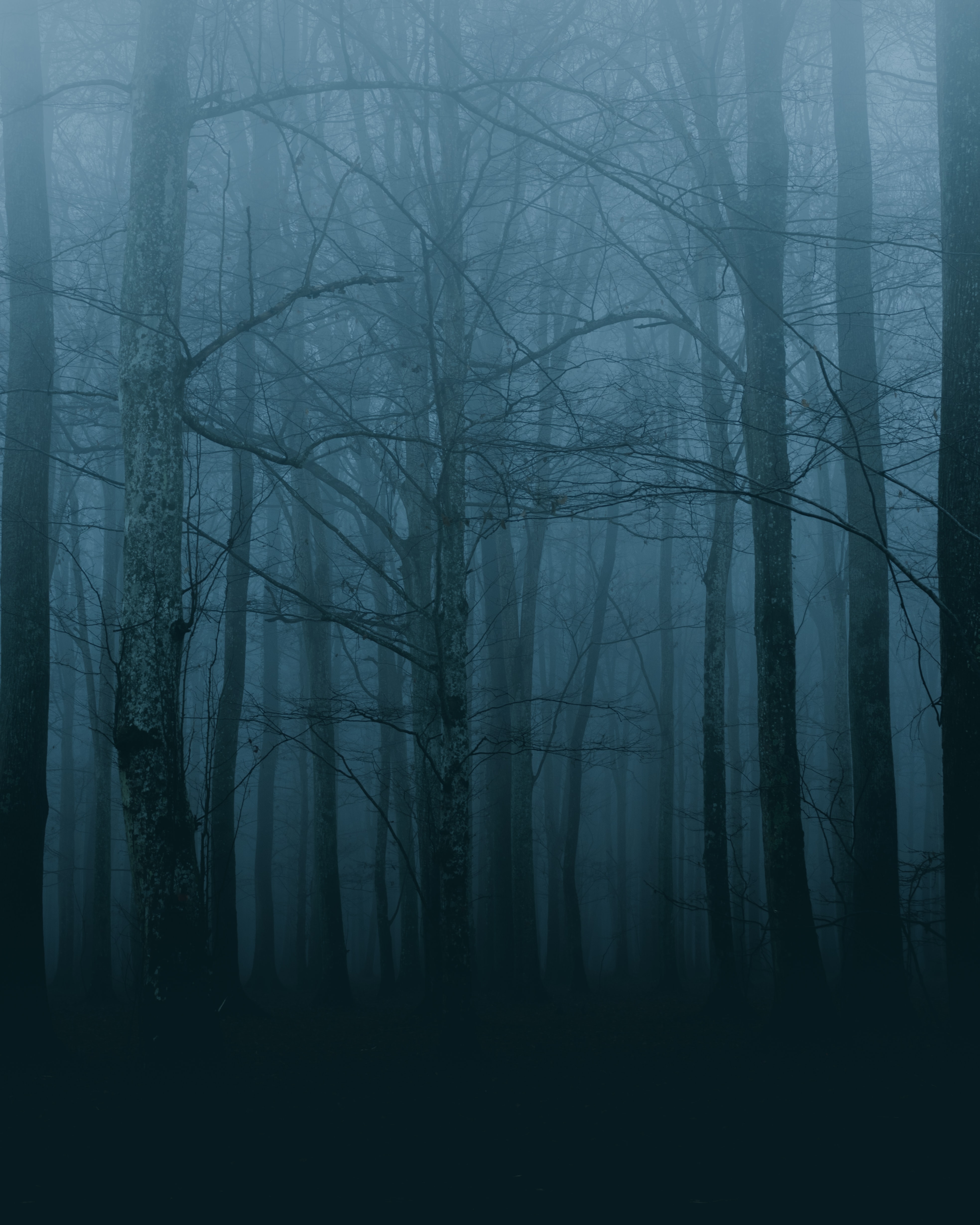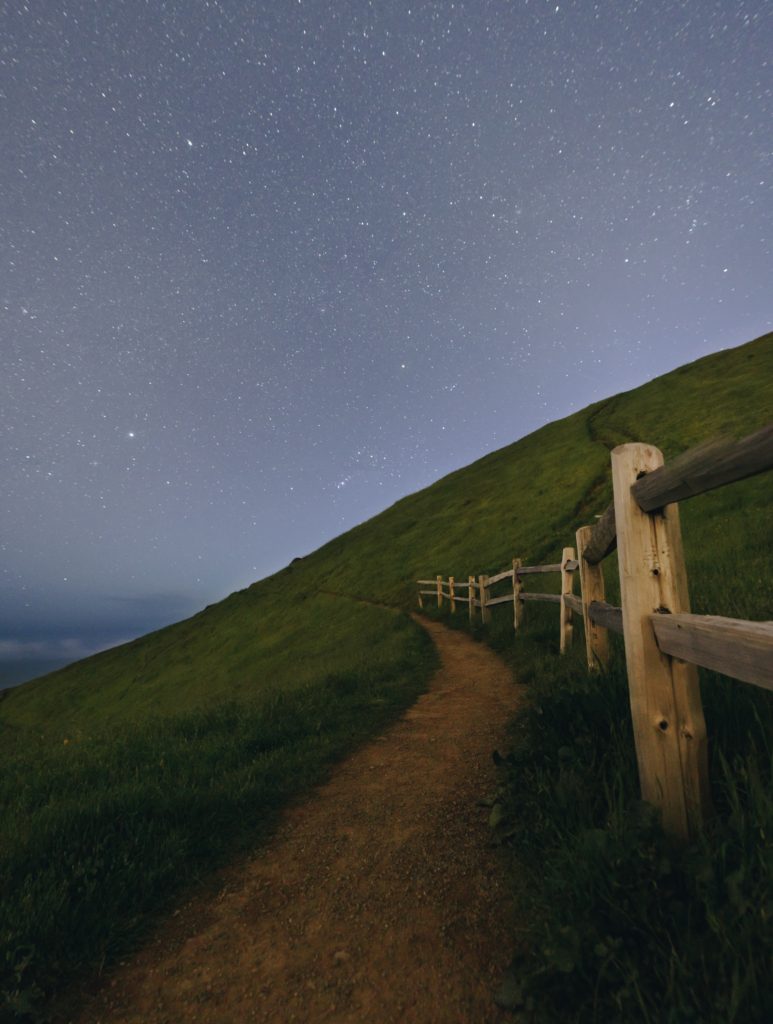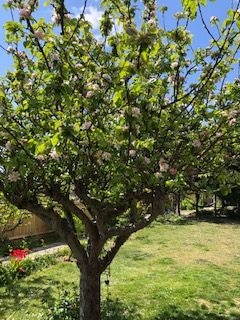If anyone had told me at the beginning of this month that I would win a substantial prize for my writing; have an onstage discussion with two television presenters and end the day with a pleasant chat with a duchess, I would have laughed at such an outrageous fiction. But then, truth is often stranger…
It all began with a friend kindly forwarding a writing competition she had noticed in the Garden Museum newsletter. Fired with enthusiasm from my Artist’s Way tasks, I thought, ‘What have I got to lose?’ For a £10 entry fee, I could quickly establish if my notions of becoming a professional writer had any hope at all.
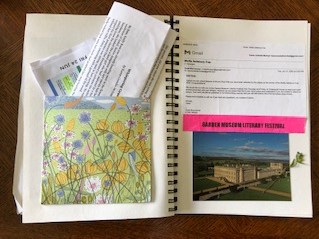
Image: Karen Costello-McFeat
The work
I haven’t written fiction for some time and short stories for longer still, but the strange topic – Gardening with Secrets – almost spontaneously gave me the title ‘Whispering Grass’ from the old song by the Ink Spots. The cast of characters were soon ushering themselves in.
The deadline was mere days away, so having completed my blog, I set my brain to the task. All weekend I mulled over the story, the back story, my characters’ lives. A first draft was written, scrunched and disposed of, then a second. Time was pressing upon me. Finally, I had to get writing on the computer and wrestle this now mammoth tale down to a mere 1,500 words.
After an extensive edit and with only hours to go, it was sent.
Finding favour
Discovering that I had won first prize was, of course, a delight. Since I was notified so close to the event where I should read my work, I was not compelled to attend. However, the opportunity to visit this great house and be part of a wonderful literary festival seemed too good to miss. Juggling the logistics of dog, work and accommodation stretched our mental resources, but with the help of friends, we somehow we managed it.
And I am so glad we did. The entire day was like a box of delights in which having finished one delicious layer, another presented itself. Chatsworth House, the home of the Duke and Duchess of Devonshire, was our first treat. Built on a staggering scale, it is many times bigger than the usual pictures of the front elevation suggest and is surrounded by the most delightful gardens – all 105 acres of them.

The house is, both architecturally and in content, worthy of museum status. On our visit, it was filled with the surprisingly modern private collection of the Cavendish family. It provided a pleasing contrast to the dark wood panelling and Grand Tour sculptures.
Throughout the grounds, further art was to be found like this whimsical installation of ravens – each unique.
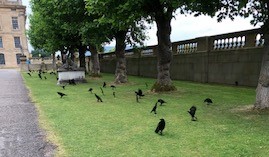
Image: Karen Costello-McFeat
Talks and tastings
Along with the prize money, the entrance to this rather wonderful event was included. Since we were there, we wanted to take part in as many lectures as we could. We listened to a gorgeous one on seasonal writing, another on a once famous Victorian lady gardener and went on a foraging walk, as pictured below.
Our guide was most entertaining; her knowledge of wild plants, edible and otherwise, comprehensive. She revealed to us the feast beneath our feet and encouraged us to sample a few ‘weeds’. Common vetch was my favourite: a tiny legume with adorable, lilac flowers.


The main event
I had been told that I would be asked to read at 4.45pm and I, joyfully, assumed that meant the audience would be composed of me, my husband, the compere and the odd soul who didn’t have much on that evening.
What they neglected to mention was that this was the finale event, with Alan Titchmarsh and a presentation to the Duke and Duchess.
At 4.30, it was not too crowded. By 5pm, when we actually started, it was fairly full. And as the tent filled, my confidence wavered. Yet, having watched the speakers before me give excellent and engaging talks, I knew I’d have to swallow my self-consciousness and do the same.
After a brief conversation between Alan Titchmarsh and Wesley Kerr, it was my turn. Years of teaching had given me the advantage of being used to talking to a large audience; albeit a rather less eminent one than the group before me. I took a deep breath and plunged in.
When I looked up, I saw smiling and encouraging faces and best of all, there was an attentive hush.

Image: Jeff Costello-McFeat
Then I was done. The reading behind me, my conversation with the panel was a joy.
Afterwards, I was introduced to the Duchess of Devonshire. We had a lovely chat about Eastbourne – where they have strong links – and thanked the director of the Garden Museum for an amazing day.
A final treat
By now it was drizzling steadily and I mentioned to an elderly lady waiting for a buggy that I was only sorry that I hadn’t had a chance to view the gardens properly. No sooner had I said it than she hailed the next buggy and we were given a complete tour of grounds, which were as varied and splendid as Kew. The perfect finale to a garden literary festival.

Image: Karen Costello-McFeat
Such stuff as dreams are made on
I confess that I am still fizzing from the experience. It was so unexpected and so much greater than my imaginings that it feels quite surreal. Some weeks ago, I opened my creative journal with the famous Walt Disney quote, ‘If you can dream it, you can do it.’ Now is the time for dreaming.
